By continuing to browser our site and use the services you agree to our use of cookies, Privacy Policy and Terms of Use. You can change your cookie settings through your browser.
Chinese food is traditionally categorized into five flavors: sour, sweet, bitter, spicy, and salty - sour ranks number one. Sweet flavors can make people happy, spiciness can relieve stress, while sour flavors raise the spirits and make people more energetic.
For Hainanese cuisine in south China’s Hainan Province, no matter what the dish involves, a sour flavor seems to play the role of ‘icing on the cake’, whetting people’s appetites. This flavor is popular in Hainan’s cuisines and drinks, and can be found in a wide variety of the island’s dishes and beverages.
Sour and spicy, the lingering taste of Zaopocu
Zaopocu, which literally means rice wine dregs with vinegar, is a popular specialty that originates in Puqian Town, Wenchang City. Sour, spicy, and appetizing, it also has a lingering aroma of rice wine.
Made by boiling rice wine dregs with deep-fried garlic, locally sourced chili sauce and oil, the soup is enjoyed in two main ways. One is with other ingredients such as seaweed, beef offal, and seafood. This kind of Zaopucu is often seen at the stalls along the streets.
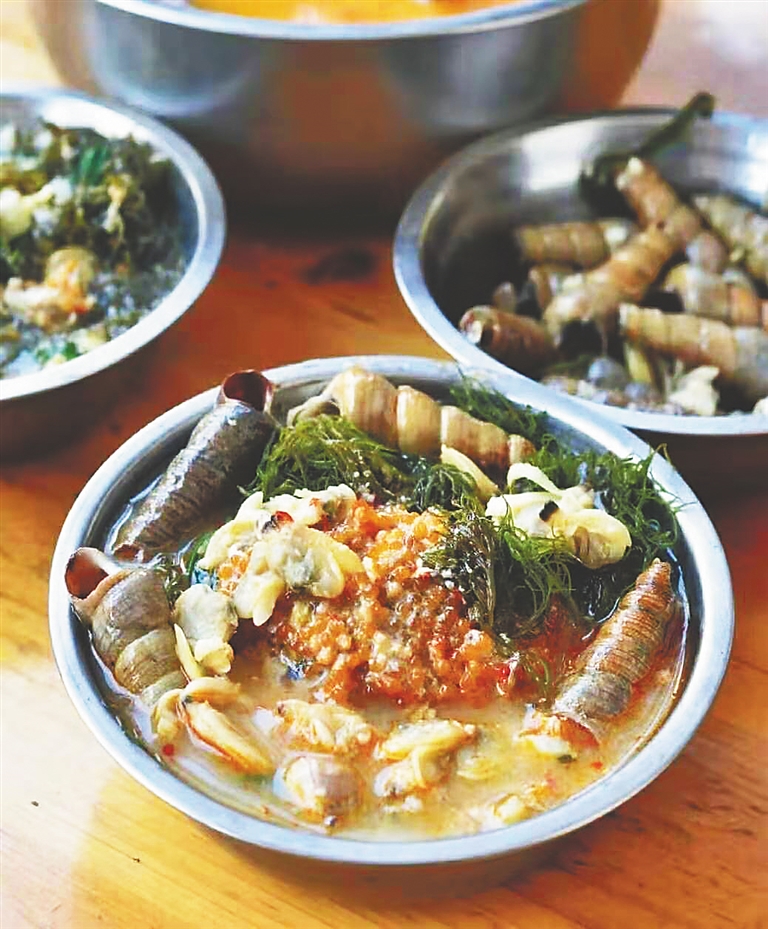
Zaopocu, a well-known specialty of Puqian Town, Wenchang. LI JIAFEI
The other way is to use the soup as a hotpot base. Seafood can be boiled in the sour, spicy soup while keeping its original freshness.
Natural sour flavorings
In Hainan, there are several foods made with special ingredients to help people cool down during the scorching heat of summer. Green mango with chili and salt is one of the snacks invented by the Hainan people. It is at once sour, spicy, and salty. Zing!
In Lingshui, a local specialty called ‘Suanfen’ (sour rice noodles) is made by a special recipe. Thin, cooked rice noodles are topped with a variety of ingredients such as dried beef and peanuts, and then drizzled with a spoonful of special sauce made of garlic, ginger, tomato sauce, vinegar, and other seasonings. The fresh, appetizing flavors will happily tingle on your tongue for quite some time.
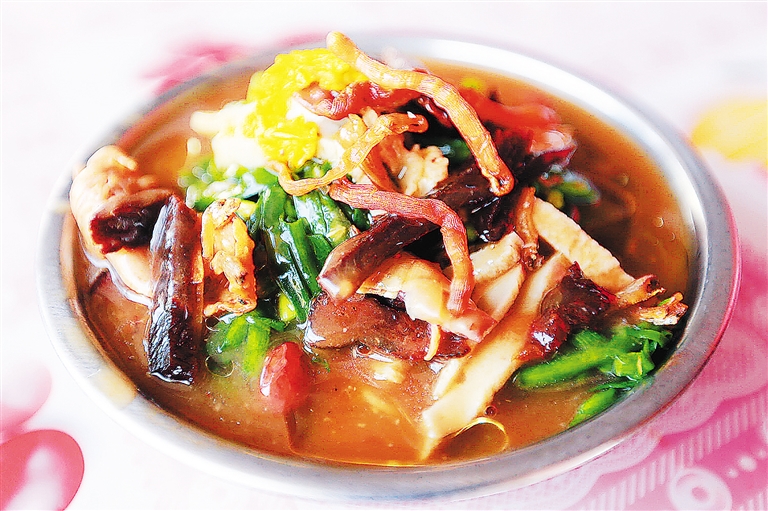
Lingshui Sour Rice Noodles. WU WEI
Pickled baby watermelon is a specialty of Hainan’s Dongfang City. Locals have created a dish with pickled baby watermelons, shark meat, and red pepper. The tempting colors of yellow, white, and red have made this a popular choice for the people of Dongfang on both special occasions and for everyday meals.
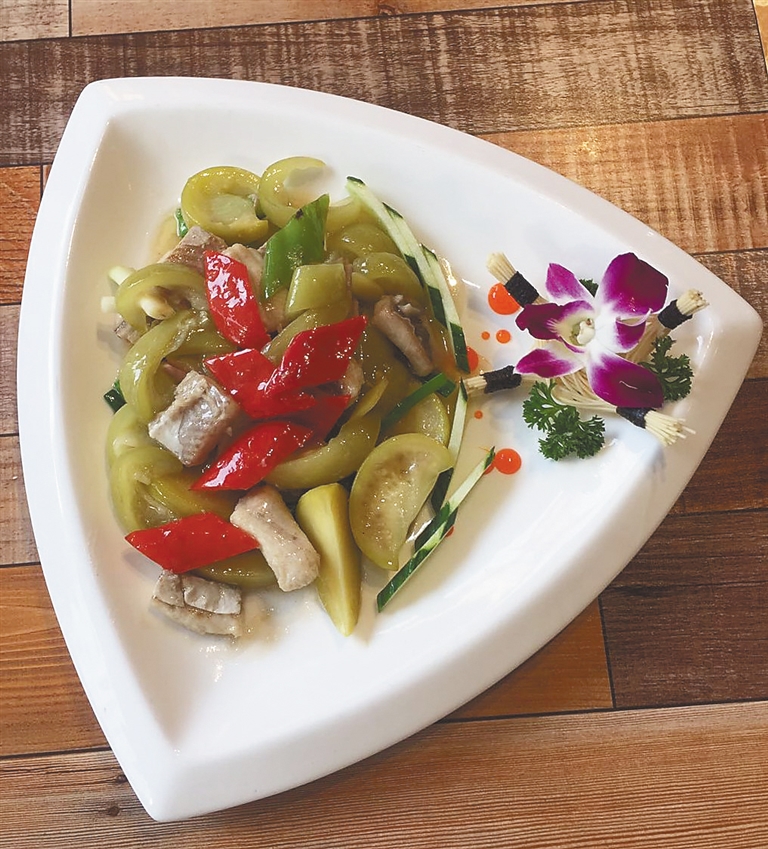
Stewed shark meat with pickled baby watermelons. HAINAN DAILY
Drinks that will make you pucker
Sour drinks are also popular favorites, especially for Sanya locals who specialize in making sour drinks with tamarind juice.
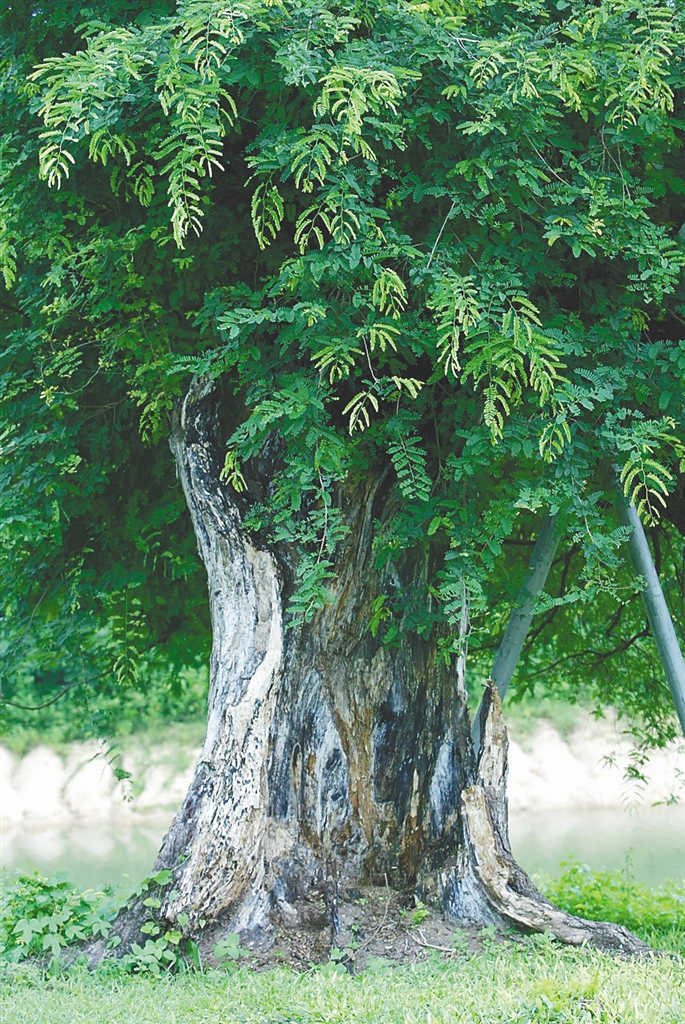
A tamarind tree at Nanshan, Sanya. SONG GUOQIANG
Hainanese are creative in combining sour fruit with traditionally made, or ‘old’ salt. Old Salt Lemonade and Old Salt Pineapple Juice are just two of the many salted beverages you can choose from. ‘Old’ salt is considered good for the treatment of colds, coughs, and fever, and these lightly salted fruit drinks have become essential for locals in the dog days of summer.
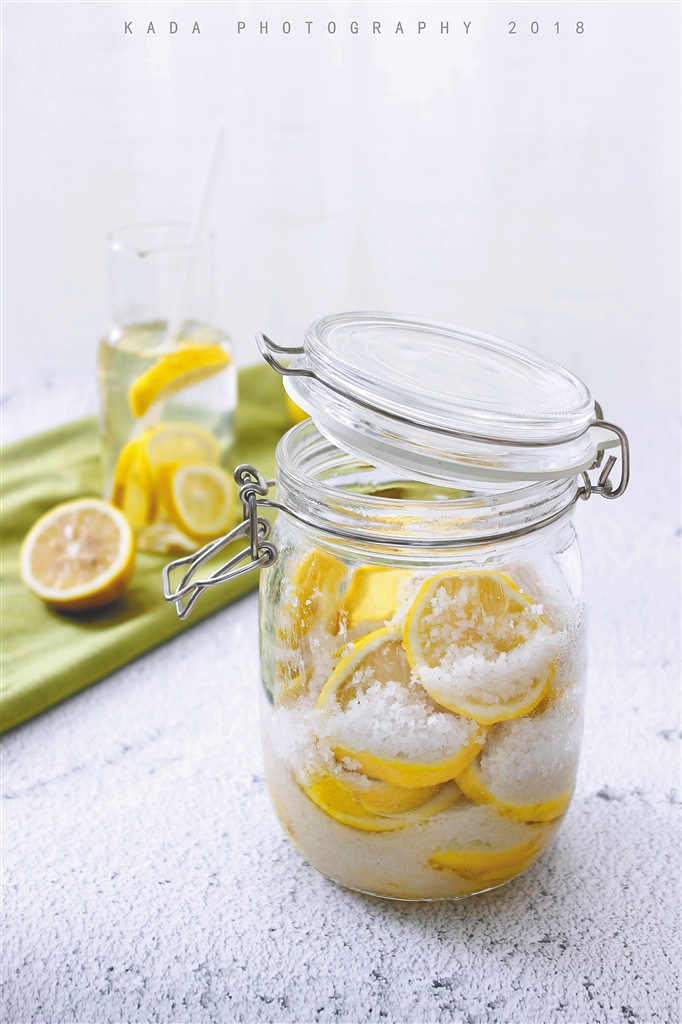
Old Salt Lemonade, a favorite local Hainan summertime drink. (File Photo)
The Li and Miao people feast on sour dishes
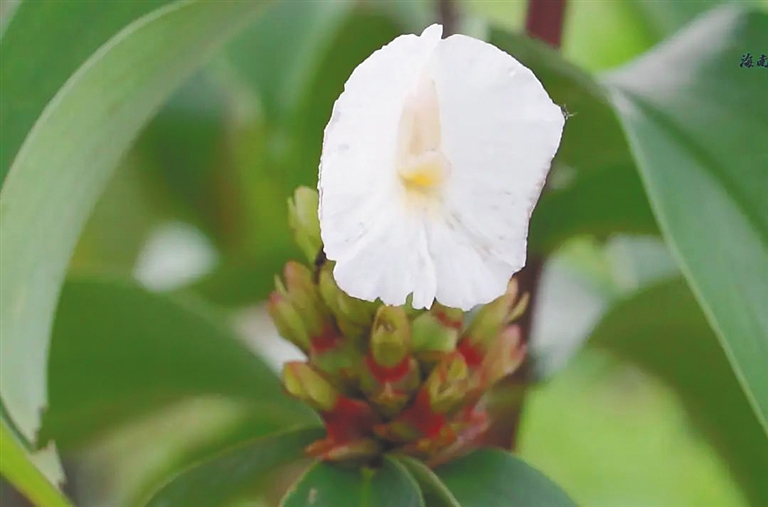
Wild Ginger (Costus speciosus) is a common ornamental plant, but the Li people of Hainan long ago discovered its wonderful flavor and added it into their dishes. (File Photo)
The Li people living deep in the mountain areas of the central Hainan Island usually pick wild vegetables (called “Linen” and “Ziwen” in the Li language) and put them into jars with cool rice soup, then seal them. After some time, the preserved vegetables gain a unique sour flavor, and are often served to guests.
Salted sticky rice with sour fish and sour pork is also served as the main course at the table of the Miao people to show their hospitality.
To make the salted sticky rice with sour fish, the Miao people clean a fresh fish and put it into a jar, scattering some pepper, salt, fresh ginger, garlic, and other spices onto it. After a few days, they take the fish out of the jar, put in a layer of sticky rice, and then put the fish back with a layer of sticky rice flour or corn flour on top. Layer upon layer is added, and each layer must be compacted by hand. Finally, another layer of mixed sticky rice is added, then the jar is sealed and covered tightly, and the rest is left to time. The longer you wait, the better the taste.
FTP Expert Talks | Xiaodong Lee, Vice President of the Internet Society of China and Founder of the Fuxi Institution: Hainan is the "Nebula" of New Digital Youth
09:47, 12-September-2025Hainan Issues Offshore RMB Bonds in HK for 4th Consecutive Year
09:46, 12-September-20252025 Hainan FTP International Students Content Creation Project
02:28, 12-September-2025What Makes "Hainan Travel" So Appealing?
09:38, 11-September-2025100 Days to Go: What's Next for Hainan-Hong Kong Cooperation?
09:38, 11-September-2025Expert Talks Ep. 4: The Future of the FTP's Digital Economy
09:35, 11-September-2025By continuing to browser our site and use the services you agree to our use of cookies, Privacy Policy and Terms of Use. You can change your cookie settings through your browser.





